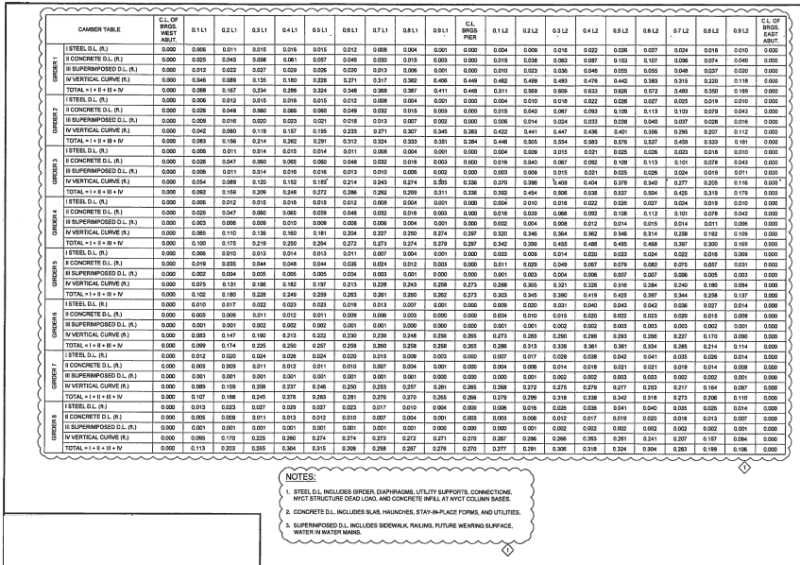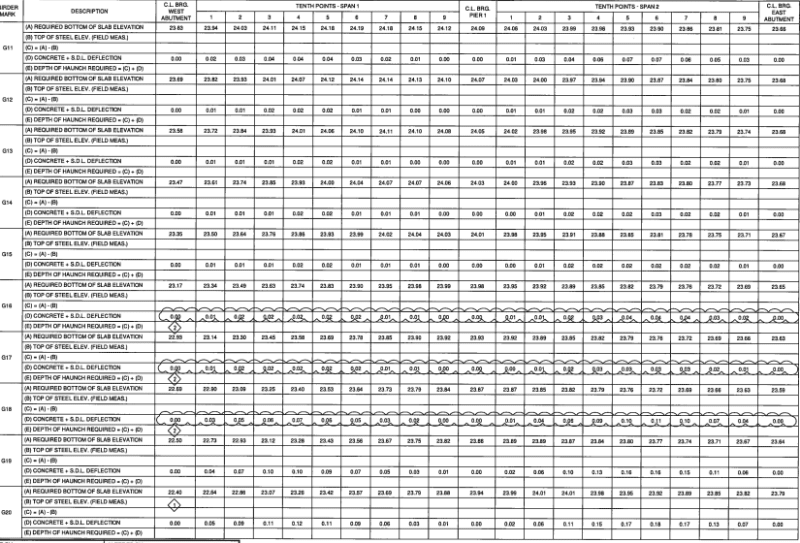Daniel5033
Structural
- Jun 3, 2020
- 9
Dear Friends
I am a structure detailer and i looking to move forward to detaing steel bridge but i having problem getting the camber or reading the camber diagram table from the engineering drawings, i been trying to contact steel bridge detailer but they dont replay back or want to help, i hope someone could help me, i will really appreciate thank you.
I am a structure detailer and i looking to move forward to detaing steel bridge but i having problem getting the camber or reading the camber diagram table from the engineering drawings, i been trying to contact steel bridge detailer but they dont replay back or want to help, i hope someone could help me, i will really appreciate thank you.


